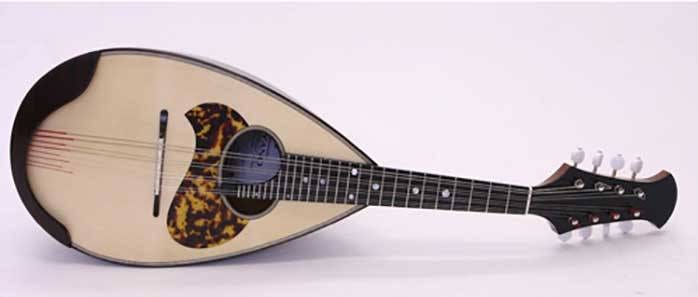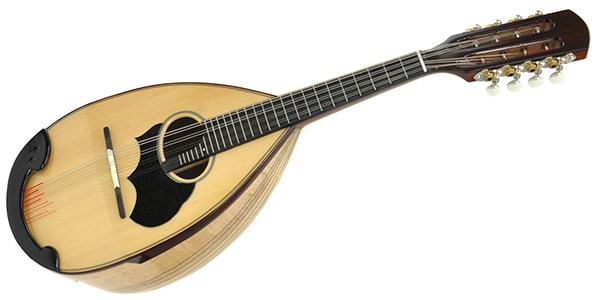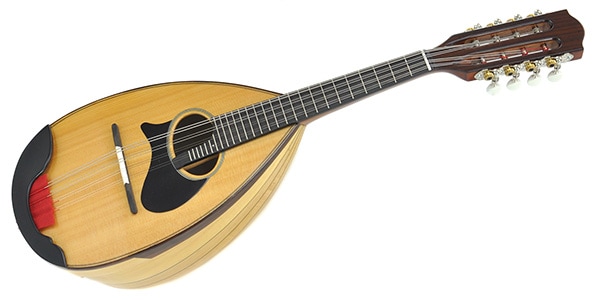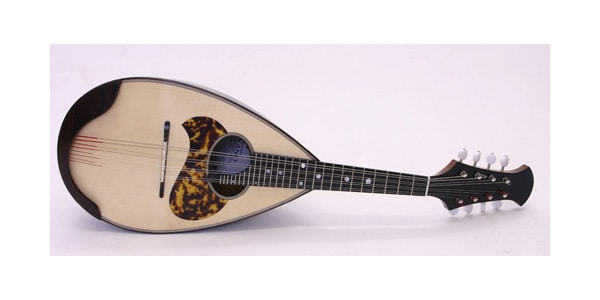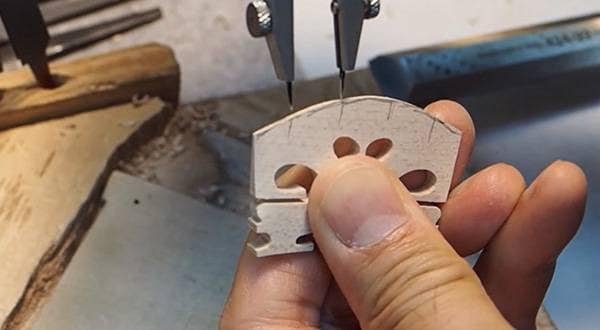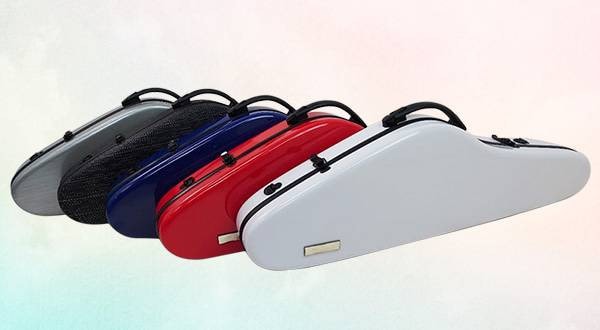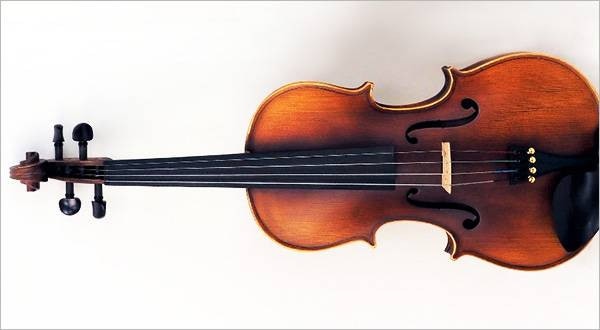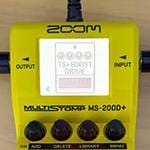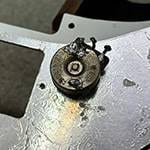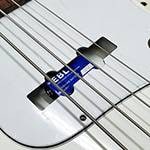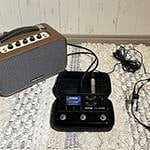In this blog, I will thoroughly compare the differences between two models of mandolin that can be purchased for less than 100,000 yen! It is difficult to tell the difference in the sound as it depends on the person playing it, but whether or not you like the appearance is also an important point in selecting an instrument. If you are considering purchasing a mandolin in the future, please refer to this blog.
The models we will introduce in this blog are below.
○ SUZUKI VIOLIN M-30 (Left)
○ ENA EM-40 (Right)
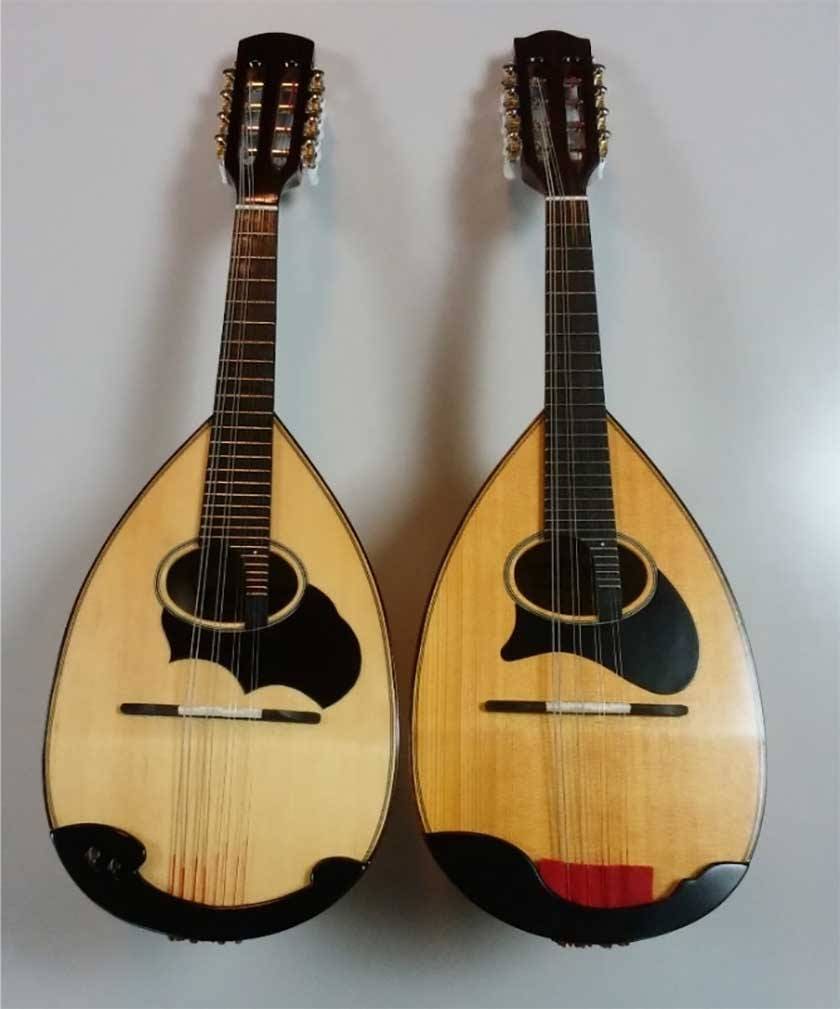
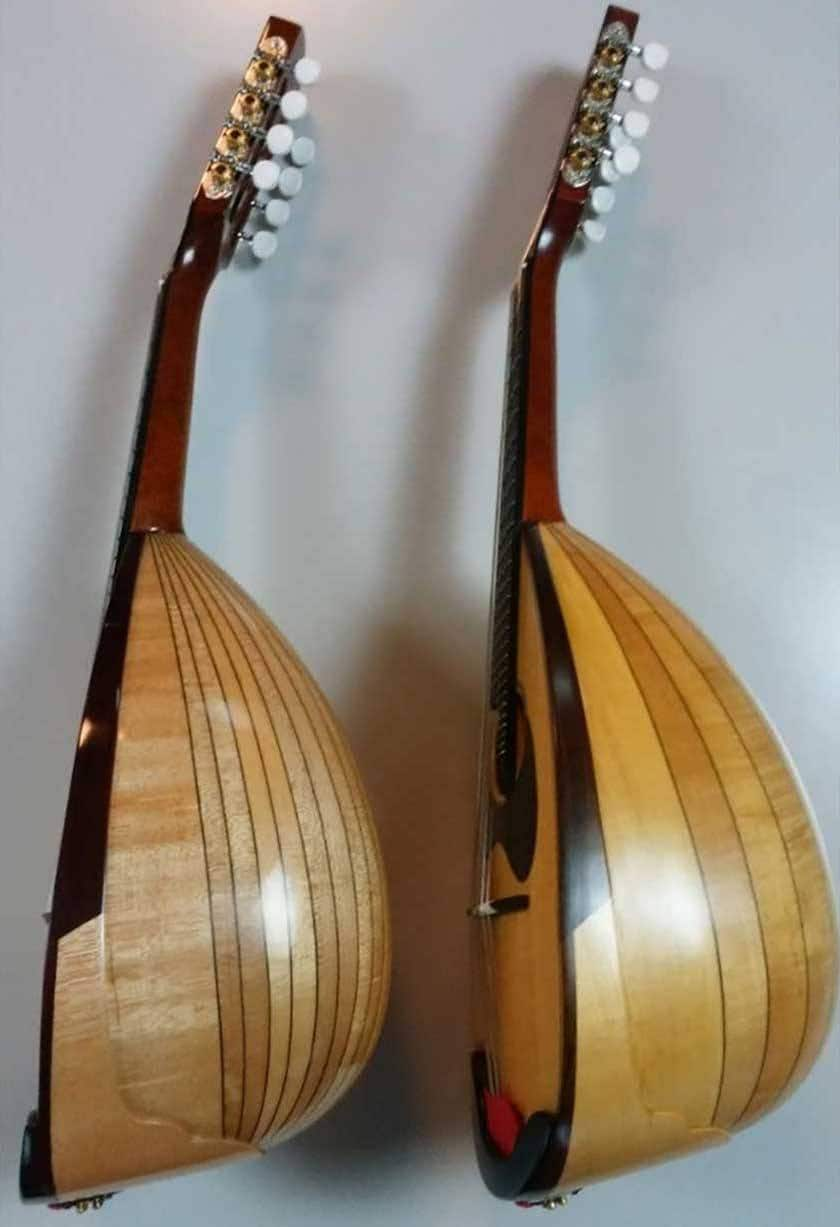
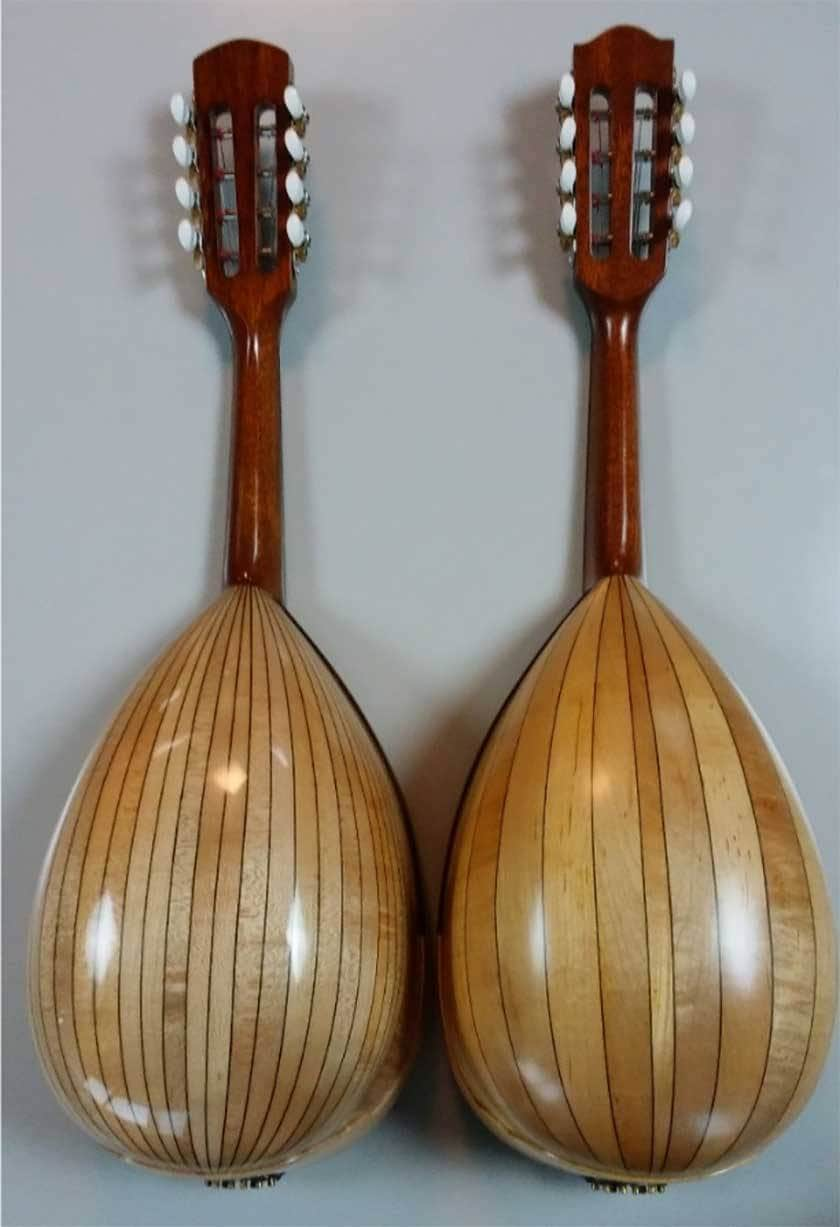
■ Manufacturer
Both are made in Japan. The M-30 (left) is produced by Suzuki Violin Co., Ltd., and the EM-40 (right) is produced by Ena Musical Instruments Co., Ltd. Although the overall shape is similar, don’t you think the design around the sound hole is particularly similar? In fact, Ena Musical Instruments Co., Ltd is a company that became independent of Suzuki Violin Co., Ltd. in 1954. This similar design is probably a remnant of the same era.
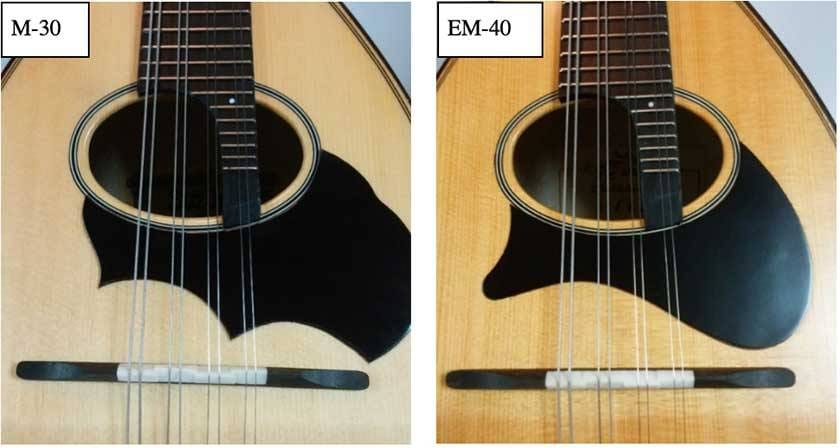
■ Top
Both are made of spruce. The EM-40 has a more yellowish color. The M-30 has a glossy finish, and the EM-40 has a calm, matte finish. Does the reflection of the fluorescent light bring out the difference in texture?
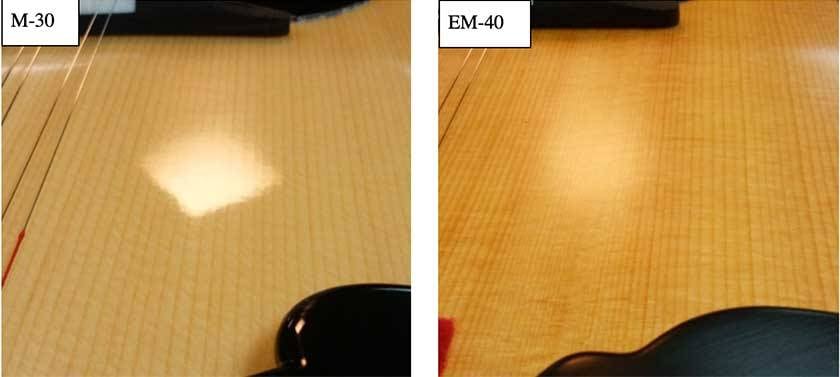
■ Arm guard
The M-30 is a design that looks like a comma-shaped jewel, and the EM-40 is a simple design without any special decoration. The EM-40 has felt to prevent resonance. The M-30 does not, but it is not such a big difference as it can be prepared separately.
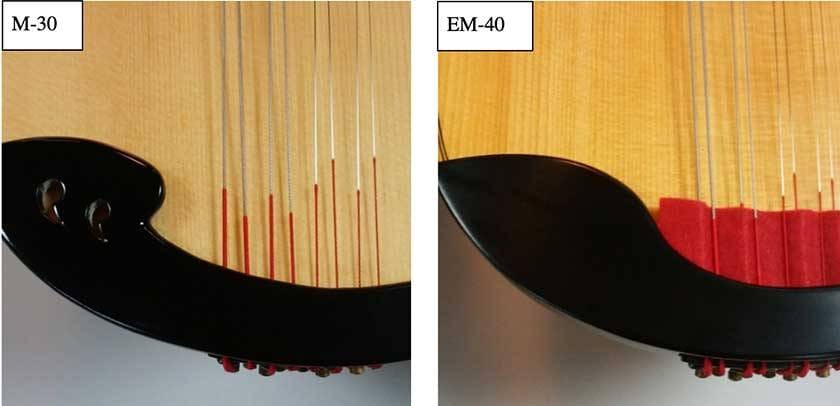
■ Body
Both are made of maple. The M-30 is beige and the EM-40 is yellow. The wood grain is also different. The MS-30 is glossy, and the EM-40 has a matte finish. Both ribs consist of 15 pieces. The ribs of the M-30 are divided into two pieces by a thin piece of black wood sandwiched in between, and the design looks like 27 pieces.
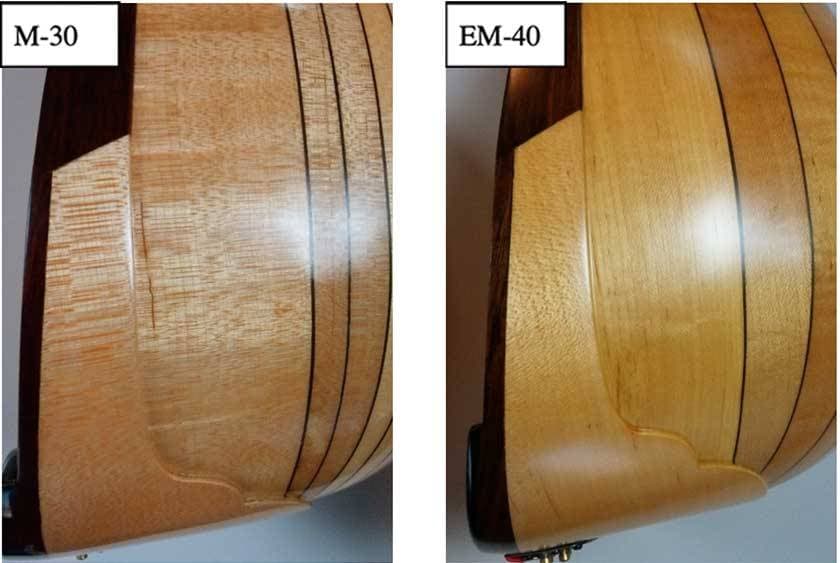
■ Head
Both are called Roman shapes, with pegs on the sides and the strings wrapped vertically.
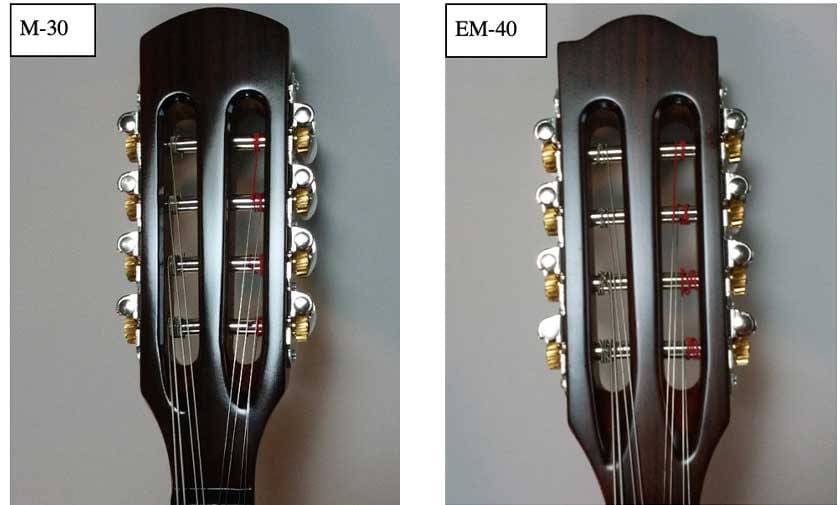
By the way, there is also a shape called the Napoli shape which is different from the Roman shape. Here the pegs are on the back and the posts around which the strings are wound are horizontal.
An example: Miyano mandolin M-1 (Napoli shape)
■ Neck
Both necks are about the same thickness. I think it is a standard thickness that is easy to play without being too thick or too thin.
■ Sound
Both sound loud even when they’re in brand new condition. I think they are easy to play for beginners. The M-30 sounds vivid and clear, and the EM-40 sounds a little more calm and deep.
■ Inside the sound hole
Each has a label with the brand name and model number affixed inside the instrument. SUZUKI VIOLIN is written as "NAGOYA" and ENA is written as "JAPAN". You can feel proud as the mandolins are made in Japan.
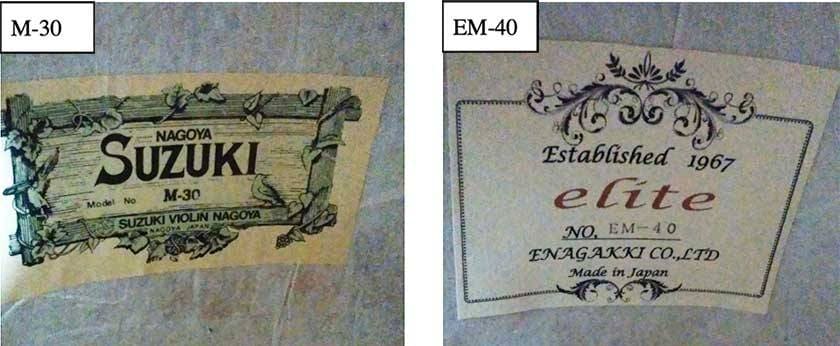
Did you get a feel for the difference?
I think that one of the barriers when you want to start a mandolin is that they are expensive. They have a complicated structure and the material expensive and productions takes time, so it is inevitable that the price will increase, but it is still more expensive than a guitar, and so on. There is no point is looking at the top instruments, as such models use high-grade materials or with gorgeous decorations, and there is no end. Even low-priced models, such as those introduced this time, are carefully made, and they will be enough to satisfy you when you play. Why don't you start with a model with a reasonable price rather than trying to get everything at once?
Mandolin Category
https://www.soundhouse.co.jp/category/middle/1520





